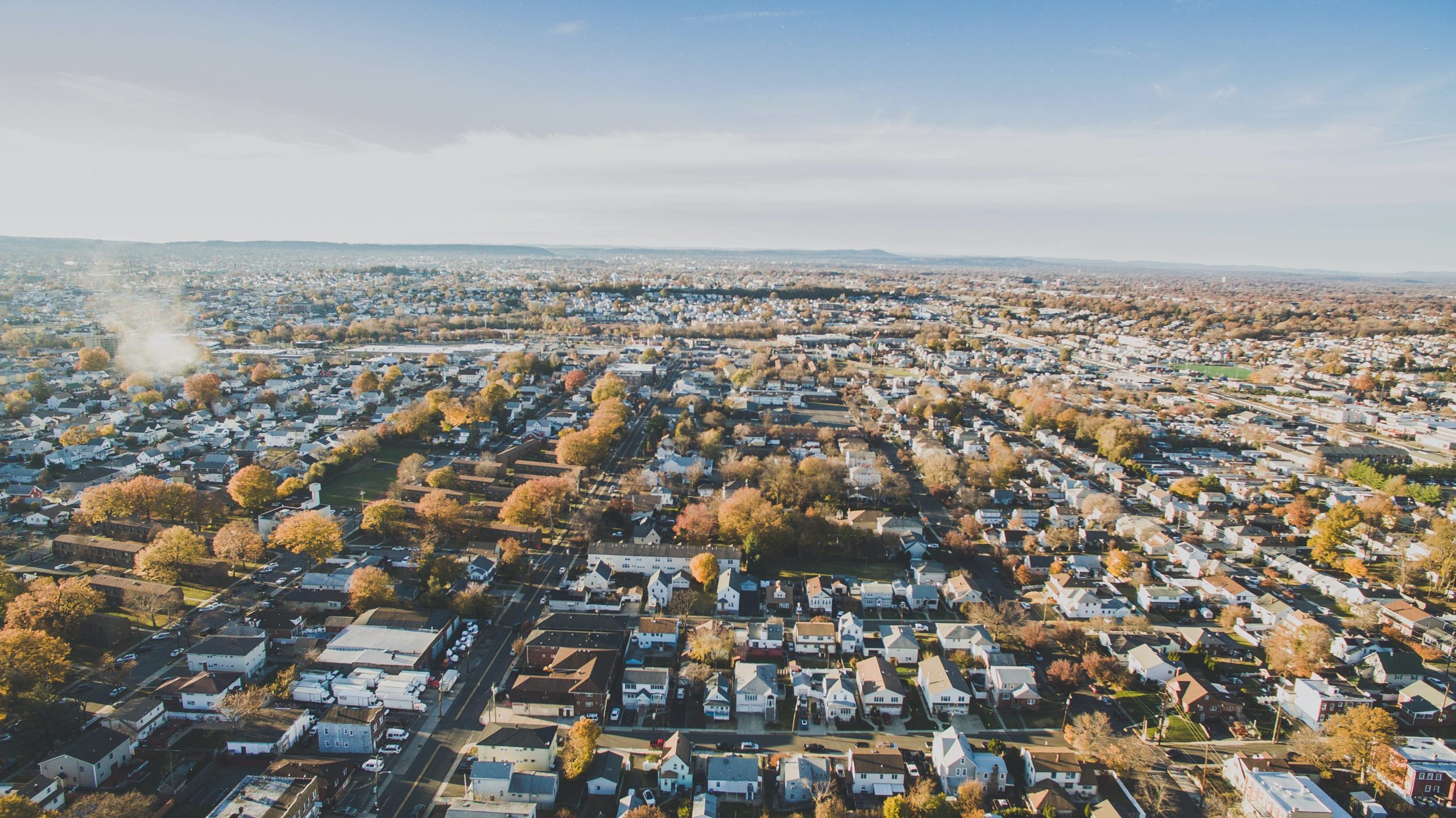New Americans and a New Direction: The Role of Immigrants in Reviving the Great Lakes Region
Date: October 24, 2017

An increase in immigrant populations in the Great Lakes region has led to a rebound in the manufacturing industry, a boom in the healthcare sector, and the creation of nearly 250,000 working-class jobs, a new report from New American Economy and the Great Lakes Metro Chambers Coalition finds. This is possible, the report explains, because immigrants reinvigorate downtowns with new businesses, drive growth in the workforce, and help fill the higher skilled jobs that allow companies to stay—and expand—in the region.
The new report, New Americans and a New Direction: The Role of Immigrants in Reviving the Great Lakes Region explores the contributions immigrants have made in the area, calculating their spending power and tax contributions, their influence on the labor market, and their role in combating population decline throughout the region. The report was launched at the 2017 convening of the Welcoming Economies Global Network, a group comprised of more than twenty regional economic development initiatives from across the Midwest.
The report, New Americans and a New Direction, finds:
- Immigration fuels population growth in the Great Lakes region. Immigrants accounted for half of regional population growth between 2000 and 2015 and offset population decline in nine out of the top 25 metros in the region. The Detroit and Pittsburgh metro areas, for instance, would have shrunk by more than 200,000 and 100,000 people, respectively, if not for the arrival of immigrants.
- Immigrants are keeping the region’s workforce viable. As the region’s population ages, only 51.1 percent of U.S.-born residents in the Great Lakes region were working-age in 2015. In contrast, more than 70 percent of the area’s immigrants fell into that age band. Immigrants drove almost two-thirds of regional growth in the size of the working-age population between 2000 and 2015.
- Immigrants are bringing much-needed talent. In the Great Lakes Region, where only 29.2 percent of the U.S.-born population ages 25 and above has at least a bachelor’s degree, 35.2 percent of immigrants have that level of education. And the foreign-born population has become even more educated in recent years. Between 2010 and 2015, more than half of the net growth in the working-age immigrant population came from those with a bachelor’s degree or higher.
- Immigrants have helped revive the manufacturing industry. Despite popular perception, manufacturing has begun a robust rebound in the Great Lakes region, adding more than 250,000 working-class jobs between 2010 and 2015, the majority of which—more than 92 percent—were filled by U.S.-born workers. This is possible, in part, because immigrants fill the higher skilled jobs that allow companies to stay local, as opposed to moving offshore. Foreign-born workers made up one out of every seven manufacturing engineers in 2015.
- Immigrants have played a critical role powering the region’s booming healthcare sector. Between 2000 and 2015, more than four out of every five new jobs created in the Great Lakes region—or 80.3 percent—were healthcare positions. This was good news for the U.S.-born working class, which gained more than 570,000 new healthcare jobs. By filling the high-skilled jobs that allow doctors’ offices and hospitals to operate and expand, immigrants helped make such growth possible. Despite representing just 7.3 percent of the region’s population, immigrants made up 27 percent of region’s physicians and surgeons in 2015.
- Immigrants are helping the Great Lakes region meet its rising labor demand in agriculture. Agriculture is a promising source of employment for the region’s working class. The average wages of working-class agricultural workers grew by 17.1 percent between 2000 and 2015, and the number of jobs at that skill level held by U.S.-born workers grew by 9.2 percent. By taking on some of the labor-intensive farm jobs, immigrants help the sector thrive. Immigrants made up one out of every four miscellaneous farmworkers in the region in 2015—including those that harvest crops by hand.
- Immigrants play a particularly large role in the region as entrepreneurs. The number of immigrant entrepreneurs in the Great Lakes region grew by more than 120,000 between 2000 and 2015, while fewer U.S.-born residents took the risk of starting their own businesses. By 2015, more than one out of every 10 entrepreneurs in the region was foreign-born. Immigrants also made up more than one out of every five of the region’s Main Street business owners, operations that created nearly 240,000 working-class jobs for U.S.-born workers between 2000 and 2015 alone.
- Immigrants’ spending power has helped revitalize local businesses.Immigrants punch above their weight when it comes to their power as consumers. In 2015, they held close to $130 billion in spending power, or 8.2 percent of the region’s total, although they represented just 7.3 percent of the area’s overall population. Robust consumer spending by immigrants supports local business owners and keeps local economic corridors vibrant.






